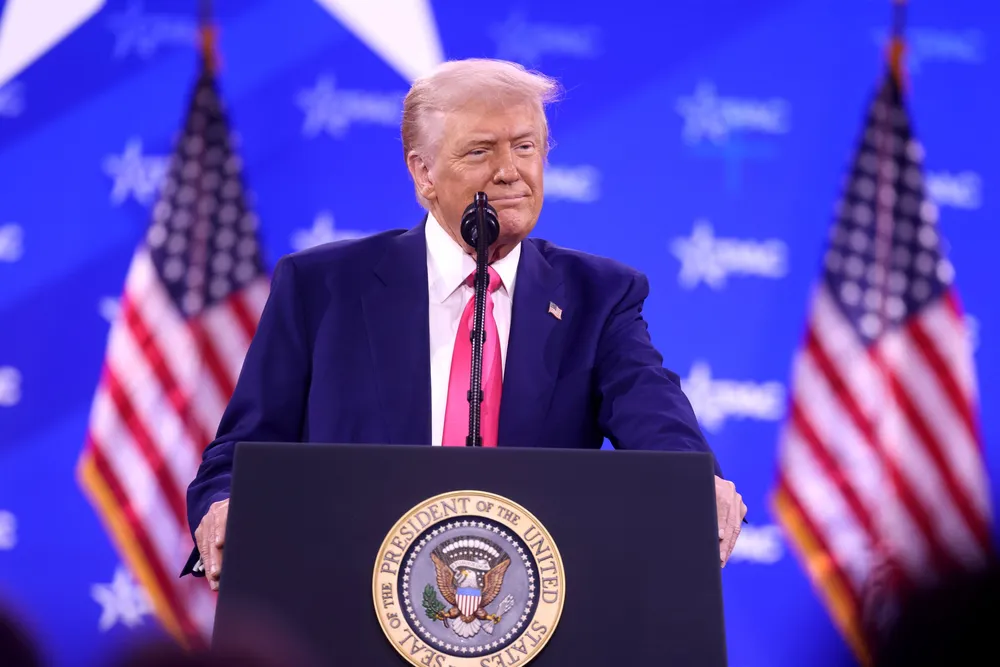US wind resilient in the face of 'policy whiplash': consultancy
Consultancy Wood Mackenzie forecasts 35GW of onshore capacity added over remainder of Trump's term as shovel-ready projects go forward

Despite “policy whiplash” from President Donald Trump, US onshore wind projects are showing market resilience with 35.5GW of new capacity anticipated this year through 2029, according to a report released Tuesday.
After a sluggish first half, consultancy Wood Mackenzie forecasts 7.7GW of installations this year, almost double 3.9GW in 2024, the sector’s worst annual result since 2013.
“We are seeing this uptick in the near term because many projects are shovel ready or under construction, fully permitted and with a turbine order in place,” said Leila Garcia da Fonseca, director of research at Woodmac.
“However, we will face uncertainty later in this decade due to tariff investigations and permitting challenges,” she added.
As recently as 2020, the US commissioned a national record 16.8GW. Since then, activity has declined over four consecutive years due to growing resistance from communities, interconnection delays, supply chain bottlenecks, and wind’s declining cost competitiveness versus solar.
Da Fonseca estimates that the administration’s guidance in August confirming eligibility rules for the production tax credit (PTC), the main federal subsidy for onshore wind, will boost new build by 7%.
“Despite the positive guidance and the immediate forecast uplift, momentum is front-loaded to 2027,” she wrote in the report.
Projects coming online this year and likely next are those that were under construction by the end of 2024, having claimed legacy PTCs available in the 2022 Inflation Reduction Act (IRA).
Those are exempt from rule changes in the Republicans’ partisan law that took effect on 4 July and subsequent Department of Treasury guidance.
The law created a 12-month transition period through 4 July 2026 based on when a project begins construction. If met, it would have four years to start operation and claim tax credits. Beyond that deadline through the balance of 2026, it must come online by 31 December 2027 to benefit from them.
Also, at the start of 2026, complex foreign entity of concern (FEOC) guidelines that largely target China take effect. Onshore wind is expected to be less affected than solar and storage batteries, although a wind project could be denied PTCs if it uses too much Chinese equipment or materials.
The average wind turbine contains about 1 ton of rare earth elements, according to rareearthexchanges.com, most of it originating in China.
The report notes that turbine order activity this year through June was “subdued.” Scott Strazik, CEO of GE Vernova, the top onshore OEM here, in July warned that 2026 wind revenue will decline 10% to 15% relative to this year if order softness continues.
If correct, Ebitda margins for onshore wind “could gravitate more toward mid-single digits from the high single digits this year,” he said, referring to earnings before interest, taxes, depreciation, and amortisation.
The report notes that Trump’s launching of a wave of tariffs and investigations seeking to protect US national security, is delaying 2029-2030 investment decisions.
“Turbine OEMs face difficulty forecasting component costs and availability, while potential supplementary tariffs could inflation one-third of total project capex, creating downside risk for late-decade installations,” it said.
(Copyright)